While our whole wheat bread test focused on the capacity of the mixers, we wanted to include a dough that would challenge the mixers’ torque and kneading ability. Instead of choosing another sandwich bread, we settled on everybody’s favorite cozy dessert— cinnamon rolls! During the mixing and kneading steps, it was pretty apparent which mixers were actually developing gluten. Keep reading to find out which one we think is the best mixer for cinnamon rolls!
Testing… Testing… 1,2,3

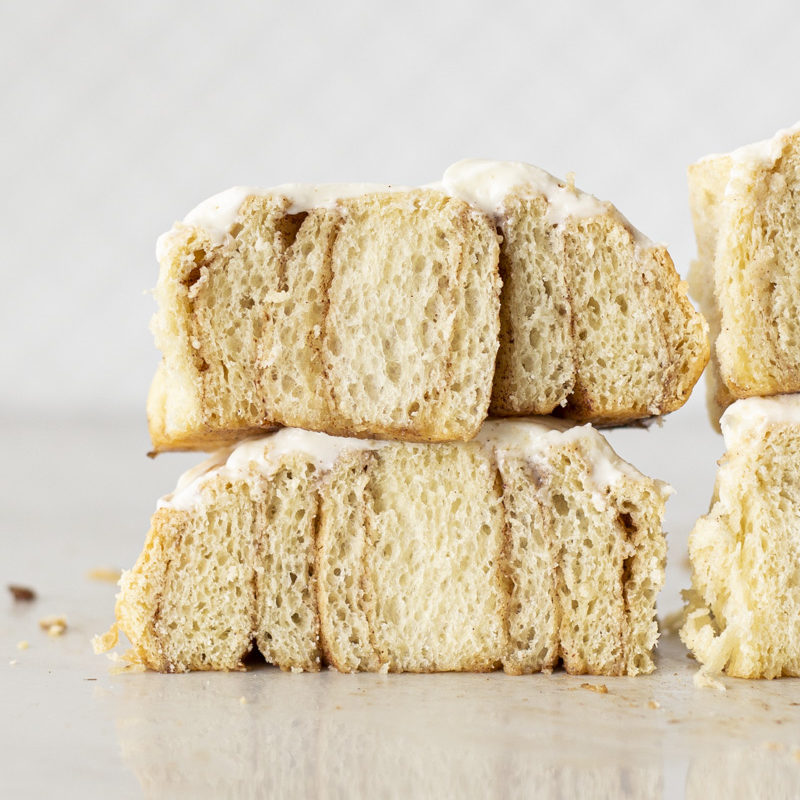
Bosch Universal
For the Bosch, we used the bread hook attachment that came with the mixer for kneading the cinnamon roll dough. The Bosch did a great job mixing the flour and milk together, and even incorporating the butter and eggs. While kneading, the mixer struggled a little bit. Instead of forming a nice ball of dough, the Bosch dragged it around the bowl and tore into it, possibly damaging the gluten structure. We had to scrape down the sides once or twice to help the dough fully come together, but it wasn’t too bad. After the rising time, the dough felt firm and was easy to handle. Spreading the butter and sugar mixture was easy and we could roll it tightly.

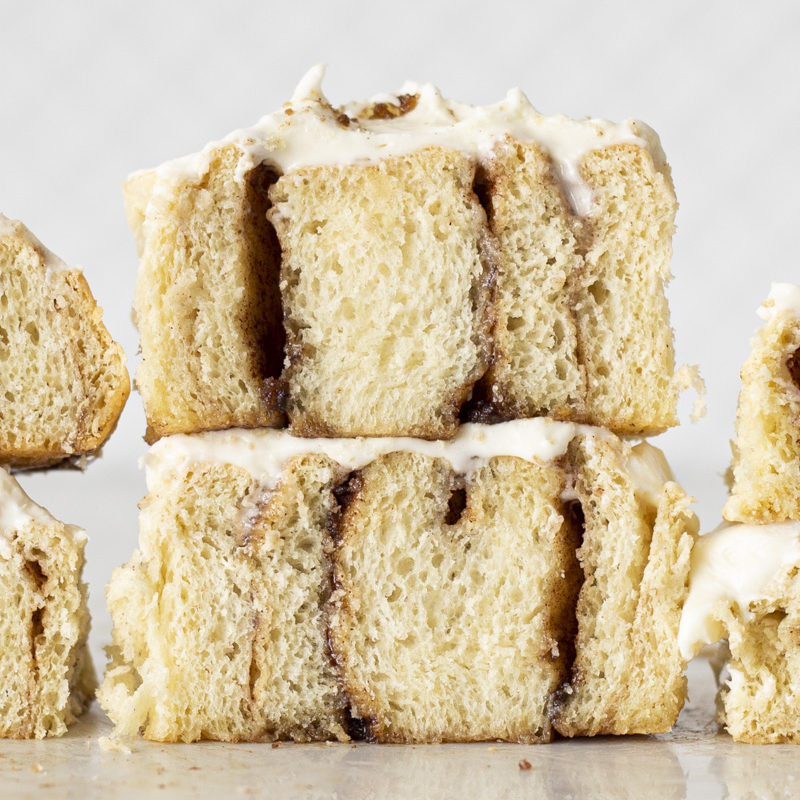
Nutrimill Artiste
After this test, we see why so many people love the Nutrimill. Its bread hook with dough extender worked great for cinnamon rolls. At first, we were a little concerned because it wasn’t mixing together the butter and eggs that well. After adding the rest of the flour, the dough came together and the Nutrimill kneaded it the best out of all the mixers. After rising, the dough felt firm and the butter and sugar spread easily. It rolled very tightly and made a perfect swirl.
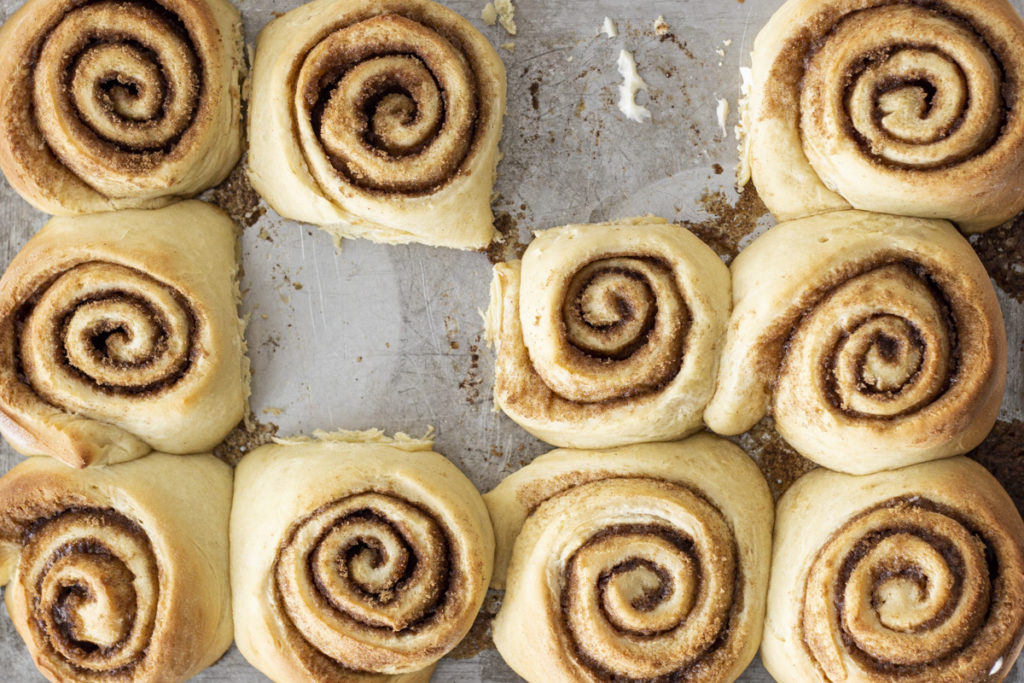
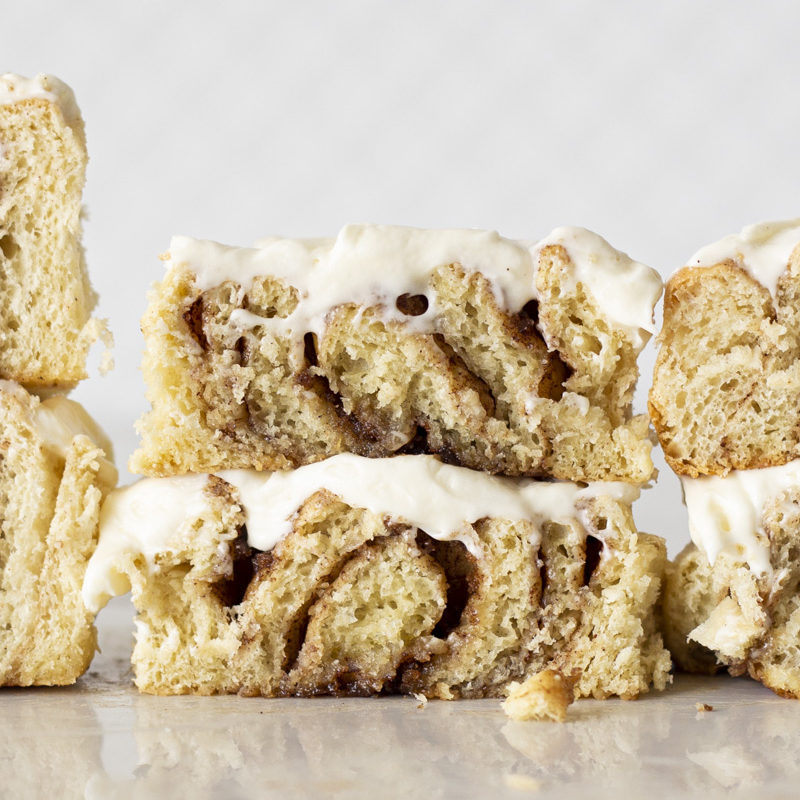
KitchenAid 6-quart
The 6-quart performed nearly identical to the 5-quart KitchenAid. It mixed the ingredients well and blended the butter and eggs much better. However, the sides of the bowl needed more frequent scraping. After adding the rest of the flour, the dough came together, but it had very similar issues to the 5-quart with kneading. The dough never balled together and we stopped mixing after the 4-minute time recommendation from the manufacturer. The dough was very soft and difficult to handle after the rising time. It made spreading the butter and brown sugar difficult and it also didn’t roll as tightly.
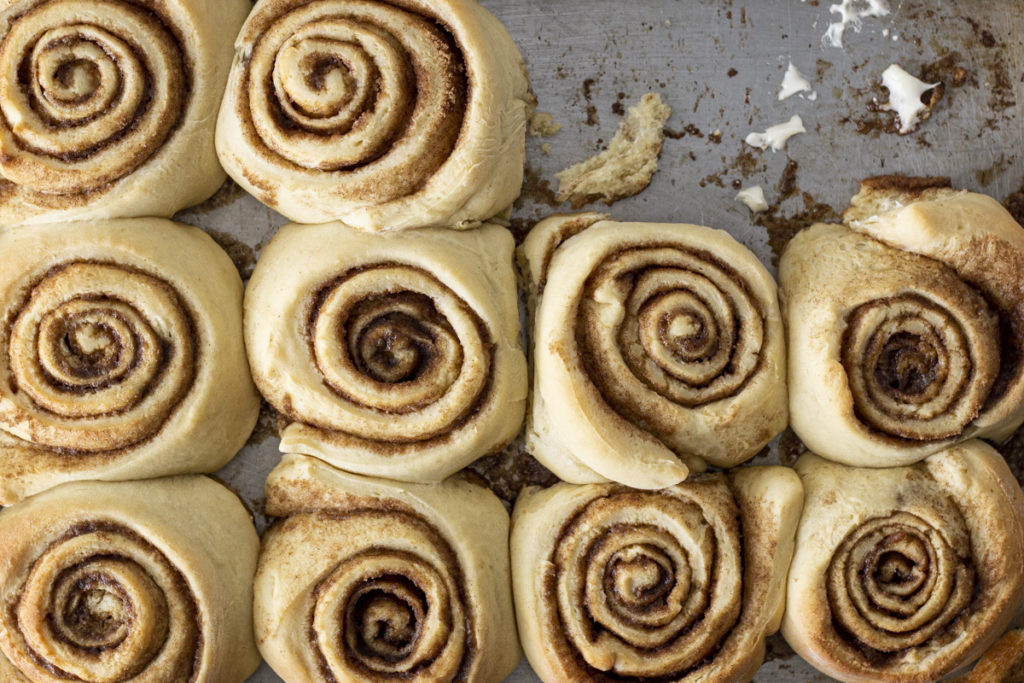
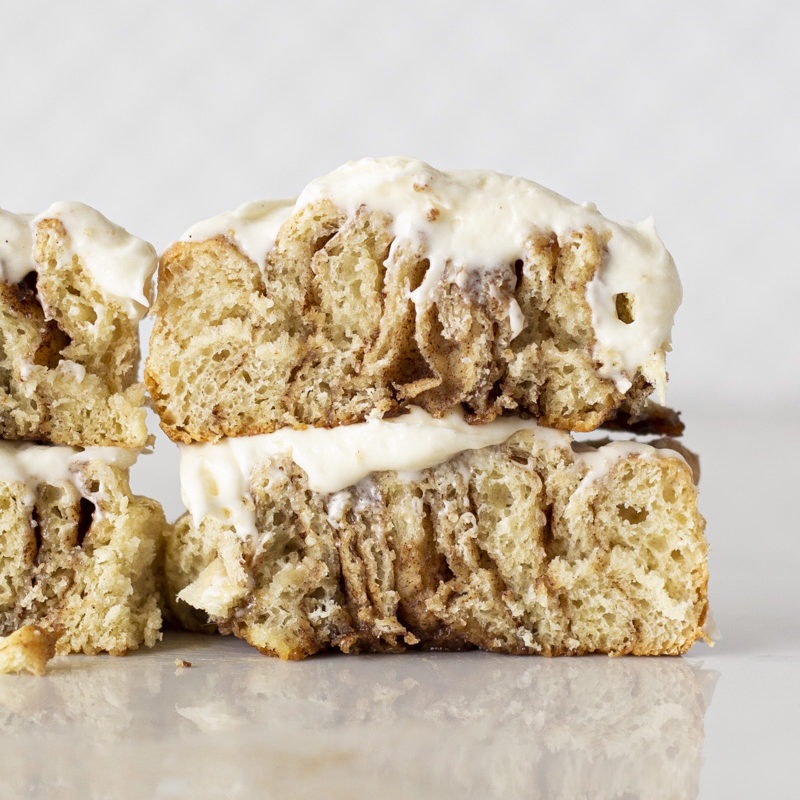
KitchenAid 5-quart
For cinnamon rolls, we used the KitchenAid’s included dough hook. Mixing started off great until we added the butter and eggs. When we added those, they sat on top of the dough instead of mixing in. The 5-quart needed some scraping, but not as much as the 6-quart. Once we added the rest of the flour, all the ingredients came together well. When it came to kneading the dough, the KitchenAid really struggled. The mixer seemed like it was stirring the dough rather than kneading it. We only kneaded it for four minutes (manufacturer’s recommendation) and there was hardly (if any) gluten development. To stay true to our methodology, we stopped kneading after the manufacturer’s recommendation and let the dough rise. After rising, the dough was extremely soft and difficult to handle. When spreading the butter, we tore through the dough and there were parts that became very thin from the pressure of spreading. The dough was difficult to roll and cut compared to both Bosch and Nutrimill and the swirls weren’t as tight.

So… Which mixer is best for cinnamon rolls?
After baking the cinnamon rolls, it came time for taste testing (the best part of our job!) Both KitchenAid batches were nearly identical. When picked up, they felt so soft and almost like they were about to fall apart. There was hardly any gluten formed. We took a bite and it felt like they melted in our mouths. Were these cinnamon rolls bad? Nope! They tasted really good. But for our testing purposes, we were looking for which batches had the best texture and gluten development. Cue Bosch and Nutrimill. Both batches of cinnamon rolls were textbook perfect and delicious. The bread was chewy, yet light— the sign of good gluten development. After baking, the Bosch and Nutrimill batches looked and tasted identical. However, we think the Nutrimill’s attachments gave it an edge over the Bosch for this test.




